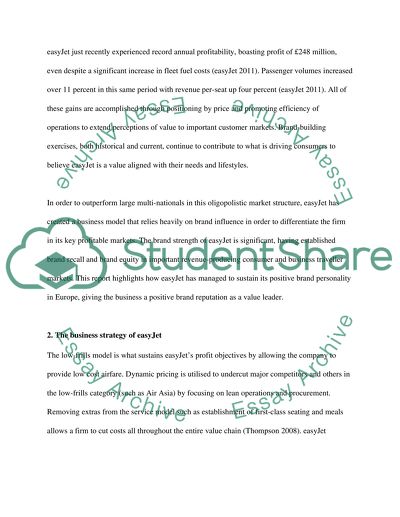Cite this document
(“The Brand Strength of easyJet Plc Essay Example | Topics and Well Written Essays - 2500 words”, n.d.)
Retrieved from https://studentshare.org/marketing/1462604-the-brand-strength-of-easyjet-plc
Retrieved from https://studentshare.org/marketing/1462604-the-brand-strength-of-easyjet-plc
(The Brand Strength of EasyJet Plc Essay Example | Topics and Well Written Essays - 2500 Words)
https://studentshare.org/marketing/1462604-the-brand-strength-of-easyjet-plc.
https://studentshare.org/marketing/1462604-the-brand-strength-of-easyjet-plc.
“The Brand Strength of EasyJet Plc Essay Example | Topics and Well Written Essays - 2500 Words”, n.d. https://studentshare.org/marketing/1462604-the-brand-strength-of-easyjet-plc.


